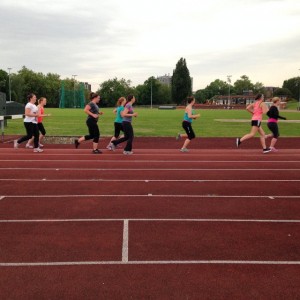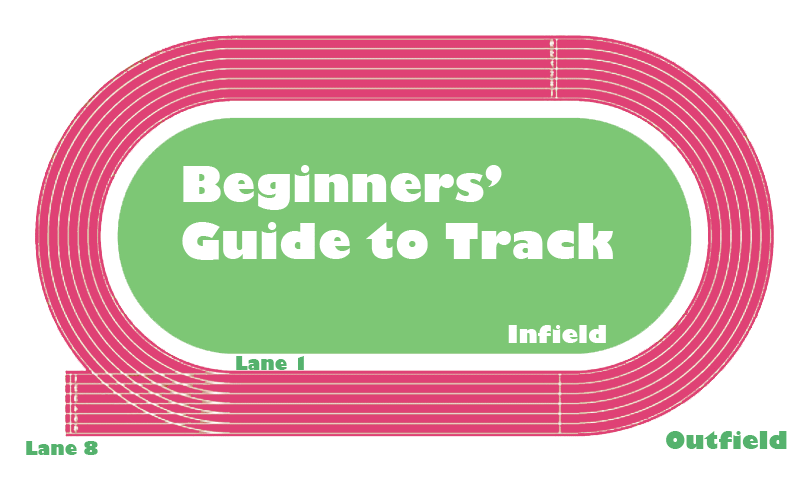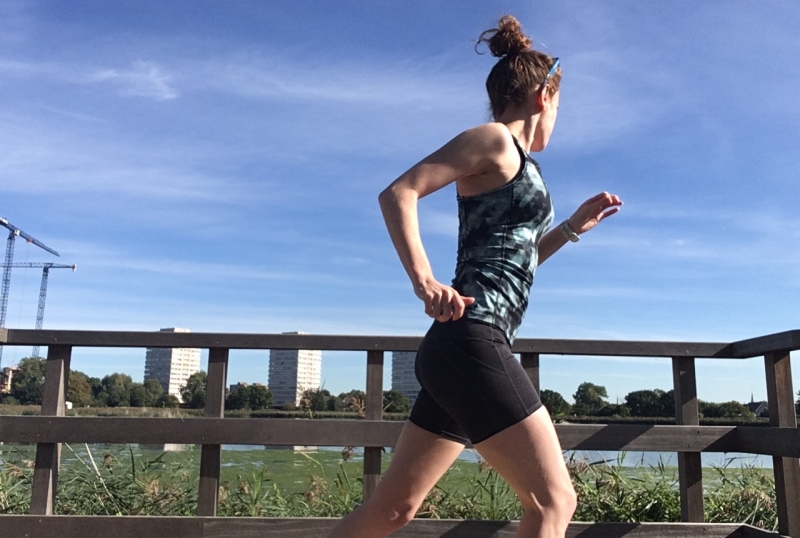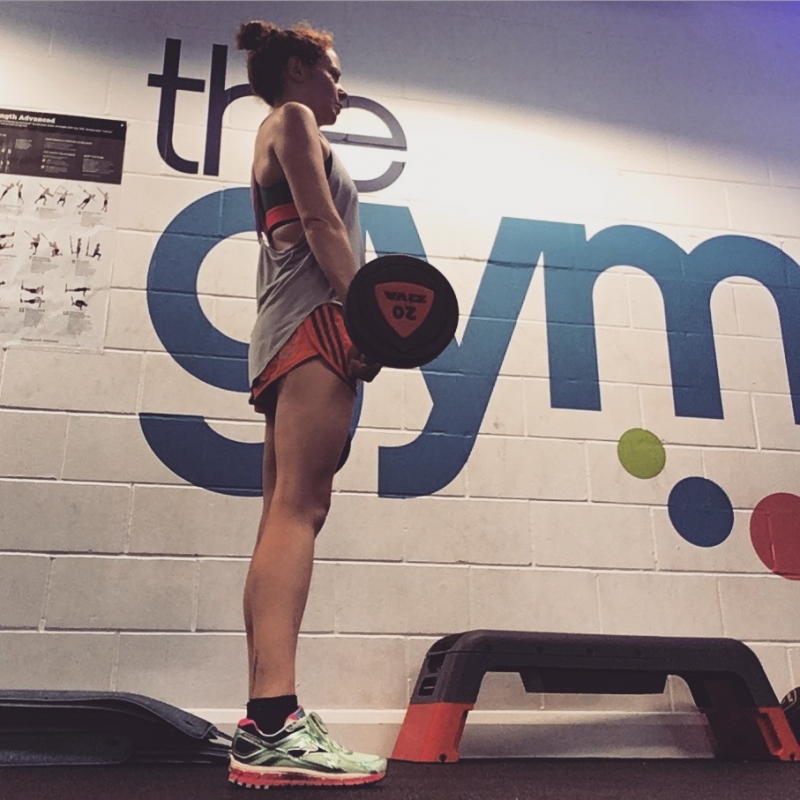If you’re lucky enough to have easy access to a running track, it can be a really hand tool to help with your training. But a lot of people are daunted by those eight red circles and put off from training on one because they think they’re only for ‘proper fast runners’. They’re not.
There are, however, a few things you should know before heading to the track for the first time to make sure you get the most out of your time there, and that you enjoy it and want to go back.
Before you go
- Check whether there’s any club session on before you go. If you’re put off by the thought of lots of speedy runners zipping round, check what times clubs train there so you can avoid them.
- However, it’s much better training as part of a structured session led by a coach, so you might like to jump into one of these. Check with the club that newcomers are welcome first and what level the workouts are suitable for.

The basics
- A standard running track is 400m round the inside lane (lane 1).
- You always run anti-clockwise.
- You should do your hard efforts in lane 1 and move out to an outside lane for your recoveries.
- Just like when you’re driving a car, don’t switch lanes without checking over your shoulder first to make sure the coast is clear.
- If you’re overtaking a slower runner, move out to lane 2 and remember, they have the same right to be there as you.
- If you’re being overtaken by a faster runner, stay in lane 1 and remember, you have the same right to be there as them.
- Don’t wear your headphones, you need to be aware of what’s going on around you.
Training
- It’s important to warm-up properly before any interval session. You can usually find space to jog a few laps of the track in lane 8, and there should be space on the infield or outfield to do some dynamic warm-ups. The same goes for cooling down.
- It’s a good idea to do your warm-up and cool down jogs in a clockwise direction if there’s space and it’s safe to do so. After running constantly one-way round corners you’ll need a bit of balancing out.
- If you’re going by yourself, have a plan for your session. Don’t just run mindlessly round the track – there’s much more interesting ways to clock up miles – go with an interval session planned out.
- Interval sessions for endurance athletes (that’s you if you’re training for a 5k or longer) are typically made up of 400m (1 lap), 800m (2 laps), 1200m (3 laps) or 1600m (4 laps) reps. You can start your rep anywhere on the track but it’s easier to do at the finish line.
- Do your maths first so you know how your goal pace for your intervals translates to times per lap or interval. So, if you’re running 400m reps, you won’t have time or energy to look at your Garmin the whole time for your pace per mile and, as you’re running in circles, it’s unlikely to by accurate. Know how long it should take you to run that 400m and work off that number instead. If you’re running 1600m reps, know your goal time for 1600 and for each 400 as well so you can check you’re on target each lap.
Need some help with training? Take a look at my training guides.







All good advice!
I’d also like to add, that if you’re going to stop when someone is right behind you to please move off the track quickly!